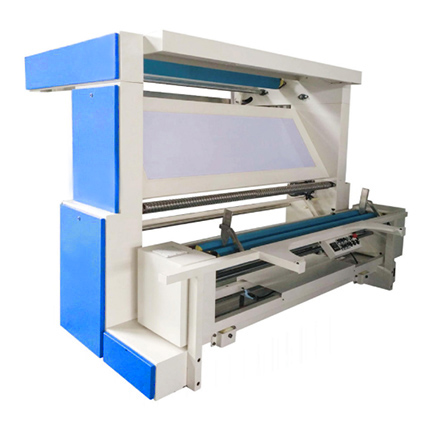General Steps of Fabric Inspection:
- Preparing the Fabric: The fabric is prepared for inspection by spreading it out on a flat surface, such as a table or inspection machine.
- Visual Inspection: A visual inspection is conducted to check for defects, such as holes, stains, tears, or snags. The inspector carefully examines the fabric from all angles, using good lighting and a magnifying glass if necessary.
- Measuring and Testing: The fabric is measured to check for consistency in width, length, and weight. It may also be tested for strength, colorfastness, and other properties depending on the specific requirements of the fabric.
- Record Keeping: The inspection results are recorded on a fabric inspection report, which includes information such as the fabric type, lot number, defects found, and any other relevant data.
- Sorting and Grading: After inspection, the fabric is sorted and graded based on its quality level. The fabric that meets the required standards is approved for use, while the defective fabric may be repaired or rejected.
- Repairs and Re-Inspection: If defects are found, the fabric may be repaired, re-inspected, and approved if it meets the required standards.
- Packing and Shipping: Once the fabric has been approved, it is packed and shipped to its destination.
Details of Fabric Inspection:
- Inspection criteria: Before fabric inspection, the criteria for acceptance or rejection of fabric need to be established. These criteria may vary depending on the type of fabric, end-use, and the customer’s requirements. The criteria may include factors such as color, weight, weave, texture, width, finish, and defects.
- Inspection methods: There are various methods for fabric inspection, including visual inspection, mechanical inspection, and electronic inspection. Visual inspection is the most commonly used method and involves examining the fabric under good lighting conditions to detect any defects such as holes, stains, oil marks, or skewness. Mechanical inspection involves measuring the fabric’s dimensions, weight, and strength, while electronic inspection uses machines to detect any defects using sensors and cameras.
- Sampling: Fabric inspection is usually done by sampling, where a representative portion of the fabric is selected for inspection. The sample size and frequency depend on the fabric type and customer requirements. In some cases, 100% inspection may be necessary for critical applications such as medical or aerospace fabrics.
- Defect classification: Any defects found during fabric inspection are classified based on their severity and location on the fabric. Defects can be categorized as major or minor, and their location can be marked using a defect map. This information is used to determine whether the fabric meets the acceptance criteria.
- Record keeping:Fabric inspection results are recorded for quality control purposes and for traceability. The records typically include information such as the date of inspection, inspector’s name, fabric type, inspection criteria, sample size, defects found, and the disposition of the fabric (accepted or rejected).
Conclusion
By using these techniques and tools, textile manufacturers and inspectors can identify and address fabric defects more effectively, ensuring that the final product meets high-quality standards.
The Rehow fabric inspection machine is designed to inspect the quality of fabric efficiently and accurately, which helps to reduce waste and improve productivity. The fabric inspection machine is made from durable materials and is built to last. Its user-friendly design makes it easy for operators to use and maintain, while its advanced features ensure reliable and consistent performance.
Rehow offers numerous types of textile machinery: visual inspection defects, fabric releasing machine, automatic packing machine, fabric measure and cutting machine, beam storage, fabric roll cutting machine etc. If you are interested in us, please contact us now!
Post time: Mar-17-2023






